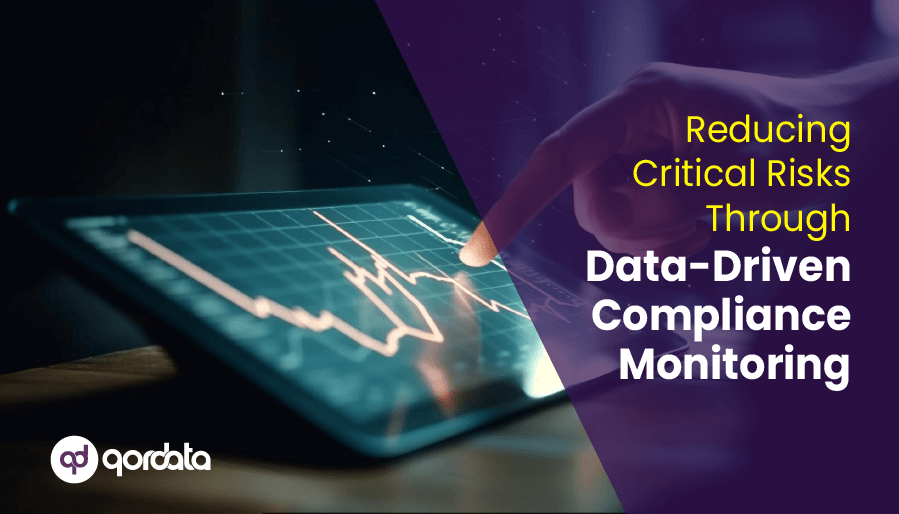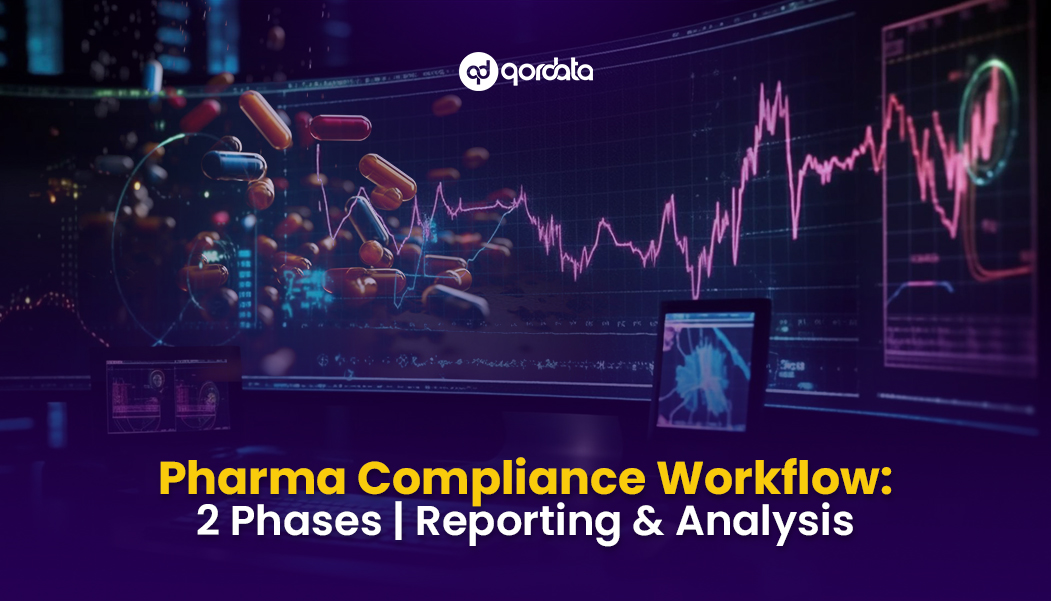Pharmaceutical companies do not want to keep doctors away. But even if they did, it would be easier (and riskier) than taking an apple a day.
A lot riskier.
Tiny typos can have huge consequences. Without meaning to, and often under pressure to meet submission deadlines, compliance/transparency professionals can make errors that increase their workload and draw unnecessary attention and speculation.
That’s the conclusion we came to after Compliance Insights, our pharmaceutical data analytics solution, revealed some surprising meal spend figures from CMS’ Open Payments 2016 data.
Based on our longstanding experience and expertise in the global pharmaceutical industry, we believe that an innocent reporting oversight has occurred. But as we present the facts below, it is easy to see how clean transactions can be misinterpreted by an uninformed and suspicious public. The consequences can be serious.
In the Open Payments Data 2016, one pharmaceutical company was found to have paid $270,250 to an HCP based in Texas for a single meal. Of the total payments made by the company, there were 152 meal payments that exceeded $5,000 per meal for a single physician, with a total of $3,401,637.00 spent on these transactions. The average spend per meal in the above-$5000 threshold comes to $22,379.19 per HCP.
What Was On The Menu? (We Can Tell What Was Missing)
Do engaged HCPs consistently show outlier-level appetites?
There is nothing in the data to suggest that.
According to qordata’s analytics solution, spend misclassification seems to be a more plausible explanation.
Let’s illustrate this with a drill-down analysis:
In 2015 data, the highest amount this specific HCP received in general payments was $1,978.55 in 7 transactions. It formed 56% of the total amount he received in general payments that year. All other transactions followed a similar distribution.
In analyzing figures from 2016, we find that…
This pharmaceutical company is responsible for 99.4% of the general payments he received in 5 transactions. The pharmaceutical company which follows with the second-highest spend amount, exchanged 7 transactions with the physician. But it only spent $1,159.16, which is 0.4% of the general payments received.
Another pharmaceutical manufacturer made 15 transfers of value, and these account for less than 1%.
When It’s Not Just About The Meal
With a little more drilling down via our data analytics solution, we found that:
-
The pharmaceutical company has also extended this HCP with the highest spend amount in Research this year. One TOV, at $270,250.00, matches the meal amount exactly, lending even more credence to our misclassification hypothesis.
-
The current data (2016) is the first year this HCP has received payments from the company. If this company has a visually robust analytics solution, it can easily explain this transactional preference—a critical step in shielding both the company and its HCPs from reputational risk.
-
The data further reveals that it completed transfers of value (General Payments) with 1,751 physicians this year. Interestingly, ‘Food and Beverages’ formed 95.8% of its payments, ahead of ‘Consulting Fee’, which constituted only 3.2%. It is a digression from the industry norm, and any company in this situation will inevitably put itself in the spotlight.
This challenge isn’t limited to one pharmaceutical company.
Don’t let your organization become the next big story in the highly regulated world of the life sciences industry. Get an AI-powered CMS Open Payments Reporting solution to detect anomalies, abnormalities, and errors associated with your spend reports and ensure compliance with the U.S Sunshine Act.
Spend Data Analytics Solutions Can Help
Without a good analytics platform, it is oversight companies with a large national presence and a strong sales team will inevitably experience as they manage several interstate HCP/HCO relationships. (This pharmaceutical company is based out of in New York. The HCP is in Houston, Texas).
Spend data analytics solutions automate much of the process needed for number-crunching and ease the journey between data validation to its ultimate reporting.
They make compliance/transparency easier by giving practitioners all the figures instantly and in one click. Visual representation makes it easier to spot outliers and rectify errors before they become problematic.



